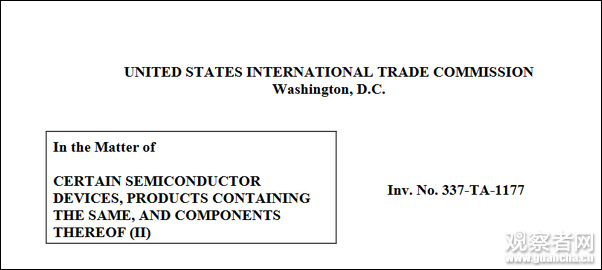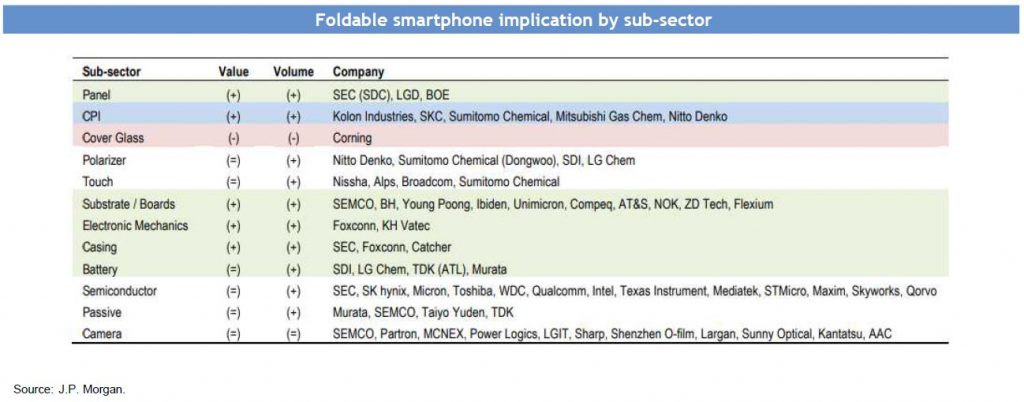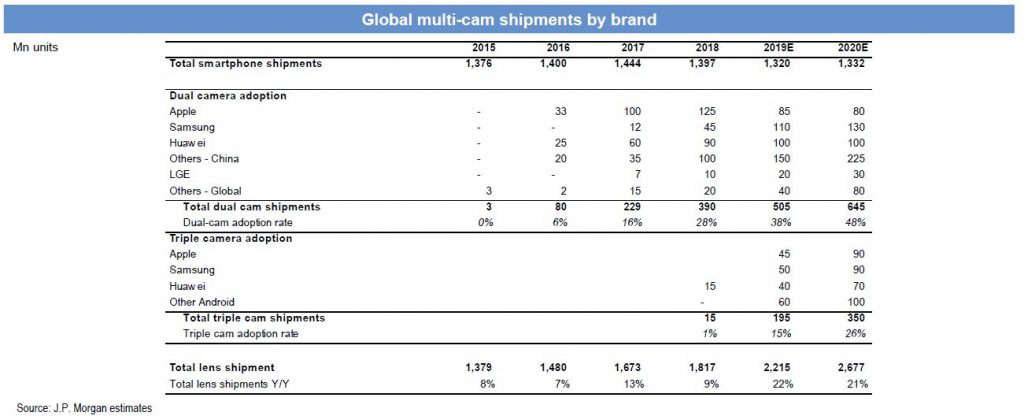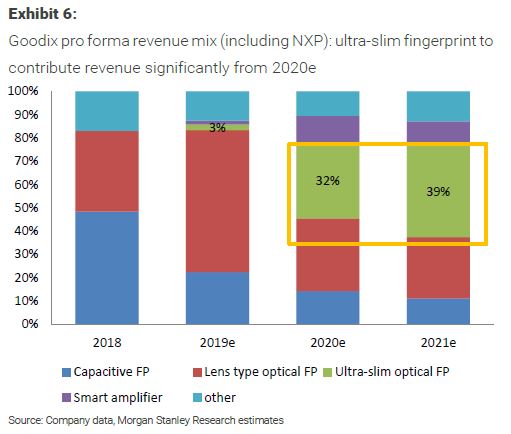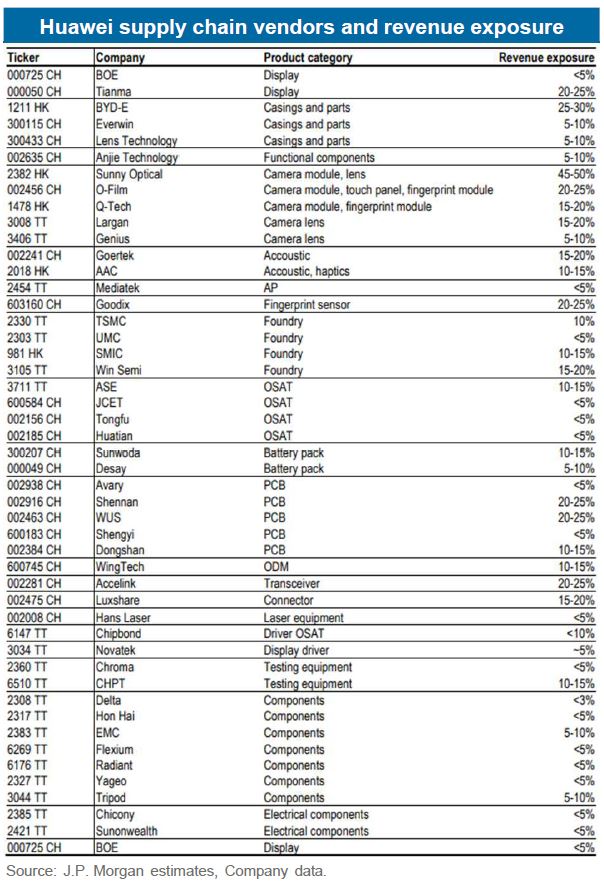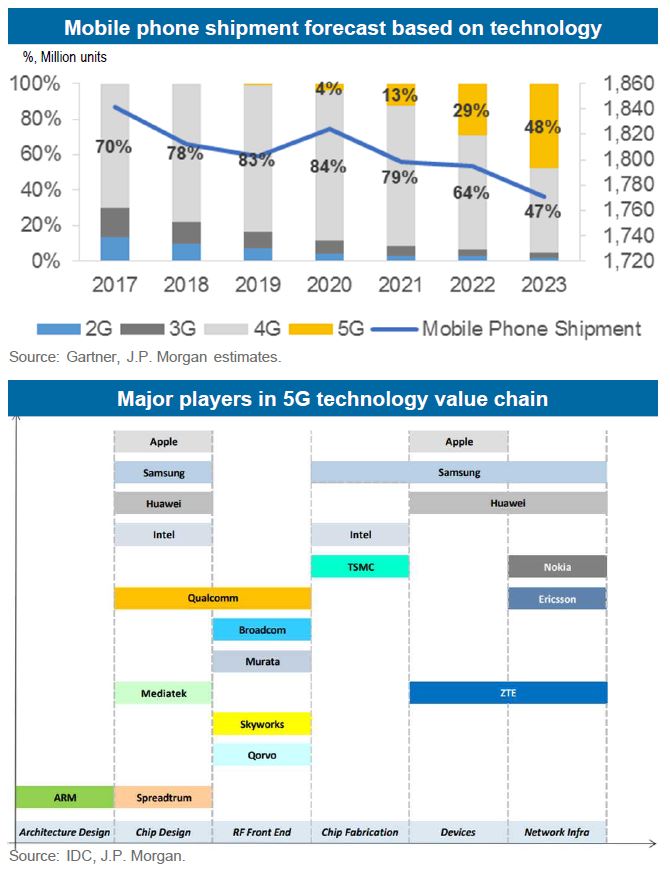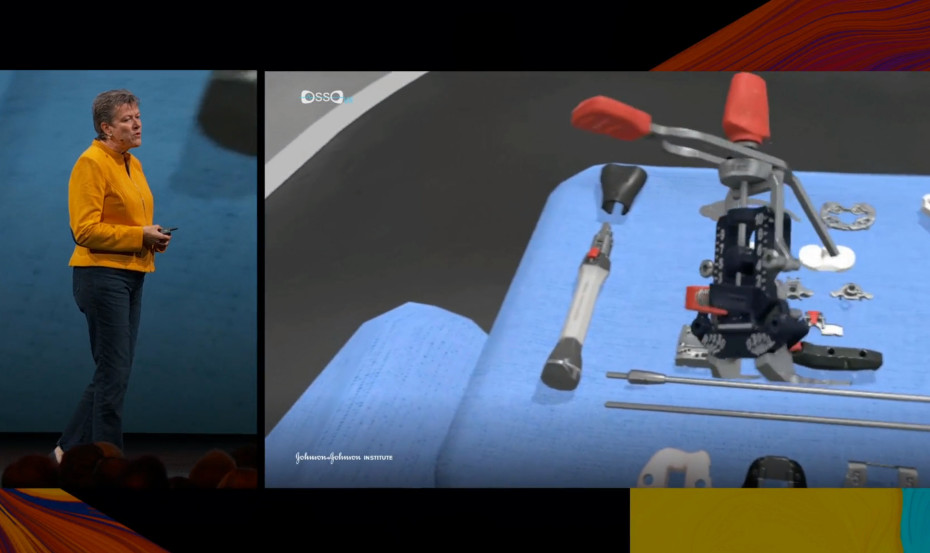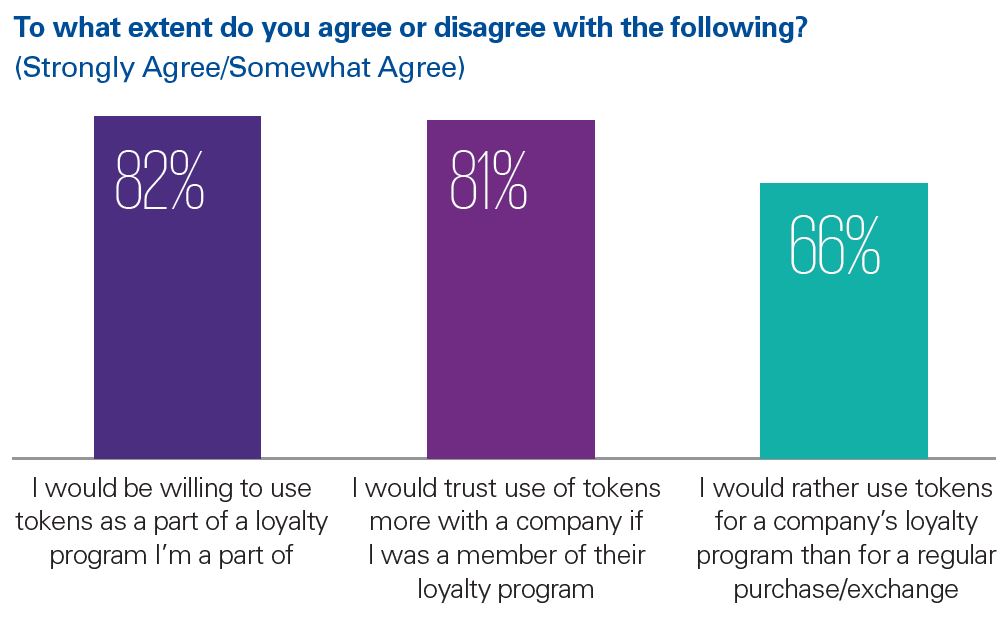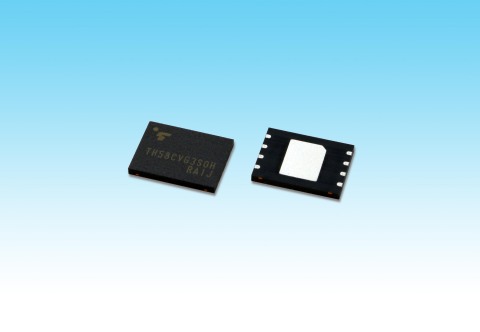
09-30: ITC has conducted 2 investigations of the US Customs Law of 1930; Toshiba Memory has announced the launch of a new family of SLC NAND flash memory products; etc.
Chipsets
The United States International Trade Commission (ITC) has conducted 2 investigations of the US Customs Law of 1930. The probes, section 337 investigations, involve alleged patent infringements of several Chinese tech companies, including TCL Corp, Hisense Group, Lenovo Group and OnePlus. GlobalFoundries filed two investigation applications with ITC on Aug 26, alleging that its patent rights for semiconductor equipment and its downstream products exported, imported, and sold in the US had been infringed. (GizChina, China Daily, My Drivers, Guancha, iFeng)
Touch Display
Japan’s government is planning to implement tougher export controls effective from 4 Jul 2019, whereby exporters will need to seek permission each time and this will lengthen the export process by c.90 days. The product categories are: (1) fluorinated polyimides, (2) high-purity hydrogen fluoride (HF), and (3) photoresist. According to JP Morgan, 2 major products under fluorinated polyimides include: 1) Colorless Polyimides (CPI) that are used as protective cover for foldable smartphones and Photo Sensitive Polyimide (PSPI), which is used during the etching process and as an insulator wrap between the color sources for OLED panels. (JP Morgan report)
JP Morgan forecasts foldable smartphones to account for ~5% and ~17% of total smartphone shipments and revenue by 2022. Samsung will likely ship 1M units in 2019 and ~15% / 30% of high-end flagship models will be foldable in 2021 / 2022. Apple will likely introduce its first foldable smartphone in 2021 and the portion will increase to 20% / 35% in 2021/ 2022. (JP Morgan report)
The success of foldable smartphones implies positive content implications for value and volume: display (OLED panel, PCB and hinge), transparent cover film, substrate, battery and potentially casing. The biggest beneficiaries in supply chain are OLED, CPI, substrate, hinge, and casing names. (JP Morgan report)
Camera
JP Morgan estimates that 50%+ of smartphones will have multi-camera (dual / triple) by 2019 and ~75% by 2020. Major brands may adopt the periscope camera in flagship models to achieve more than 3x optical zoom. Front camera will see accelerating MPx upgrades. JP Morgan believes ToF 3D sensing adoption pushback to 2020 is highly likely. However, total 3D sensing volume will still more than double in 2019 and grow by 45% in 2020. The global 3D sensing adoption rate should reach 12% in 2019 and 18% in 2020. (JP Morgan report)
Memory
Toshiba Memory has announced the launch of a new family of SLC NAND flash memory products for embedded applications. Compatible with the widely-used serial peripheral interface (SPI). The new products bring improved speed (from 104MHz to 133MHz) over Toshiba Memory’s previous generation and include a new command for loading data for programming in 4-bit (QSPI) mode. (Digitimes, press, Business Wire)
Biometrics
Morgan Stanley see strong demand from China’s customers for the ultra-slim fingerprint feature, which bears higher ASP than the current optical underglass fingerprint technology. Morgan Stanley sees increasing competition coming from Taiwan vendors for the optical underglass fingerprint, but Goodix’s faster-than-expected progress in the new gen ultra-slim fingerprint should more than offset the pricing pressure from the current optical fingerprint technology. (Morgan Stanley report)
Phone
Lisa Jackson, Apple’s vice president of environmental, social, and policy initiatives has explained about how Apple has made the move to 100% renewable energy. Now, Apple has begun to help its suppliers make the transition. It is no secret that most of the carbon emissions related to consumer electronics are related to the manufacturing and shipping processes. In fact, roughly 70% of Apple’s corporate carbon footprint is in the supply chain. (CN Beta, 9to5Mac, Apple, Apple Insider, Fast Company)
Greater China vendors with heavy exposure to Huawei and Apple are now under pressure due to ban on US components. Trade dispute resolution and some upside from China demand (as seen in early 2Q19) were the key drivers of the inventory cycle bottoming out in semis, but a 2H19 semi recovery now appears postponed. As Huawei attempts to build a component food chain circumventing U.S. vendors, some Asian players, such as MediaTek, WIN Semi and Murata (on 5G RF components), could gain market share against U.S. peers. (JP Morgan report)
If the U.S. issues a broader tariff list that includes tech finished goods, JP Morgan believes this would result in price increases for almost all tech products in the U.S. (except semis and displays) and trigger a potential end-demand slowdown. The U.S. accounts for 20%-50% of end demand for various tech products, with a higher percentage for servers and networking. This could reshuffle the competitive dynamics in favor of U.S. vendors in the local market, which would dampen Chinese OEMs like Lenovo, Hikvision and Dahua. (JP Morgan report)
JP Morgan expect 5G smartphones to rise steeply, to 10% / 25% of total mid-range / high-end segments (80M / 200M units) in 2020 / 2021. Incremental BOM costs in 5G phones to be ~USD110 vs. high-end LTE phones in 2019 (~85% BOM growth in relevant components). SoC solution could be available at the end of 2019, which makes a low-cost 5G smartphone debut possible in 1H20. (JP Morgan report)
Augmented / Virtual Reality
With the portability of Oculus Quest, Johnson & Johnson is helping to usher in a new age of surgical training by utilizing virtual reality. By partnering up with Oculus and Osso VR, the Johnson & Johnson Institute is working to bring virtual reality (VR) training to surgeons all around the world. (VentureBeat, Shack News, China Daily, HIAVR, Sohu)
Fintech
Consumers of all age groups are increasingly willing to buy things with tokens, according to KPMG. Loyalty programs are already being redefined by tokenization and present an entry point for businesses to introduce tokenization. 82% consumers are willing to use tokens as part of an existing loyalty program, and 81% would trust the use of tokens more readily if they are already participating in a company’s loyalty program. (KPMG, report, VentureBeat)

